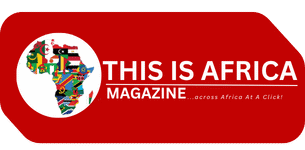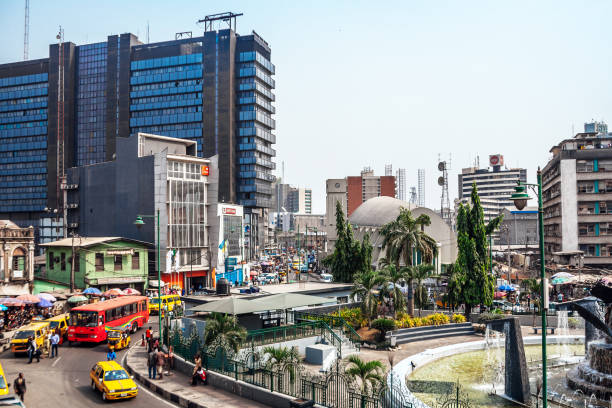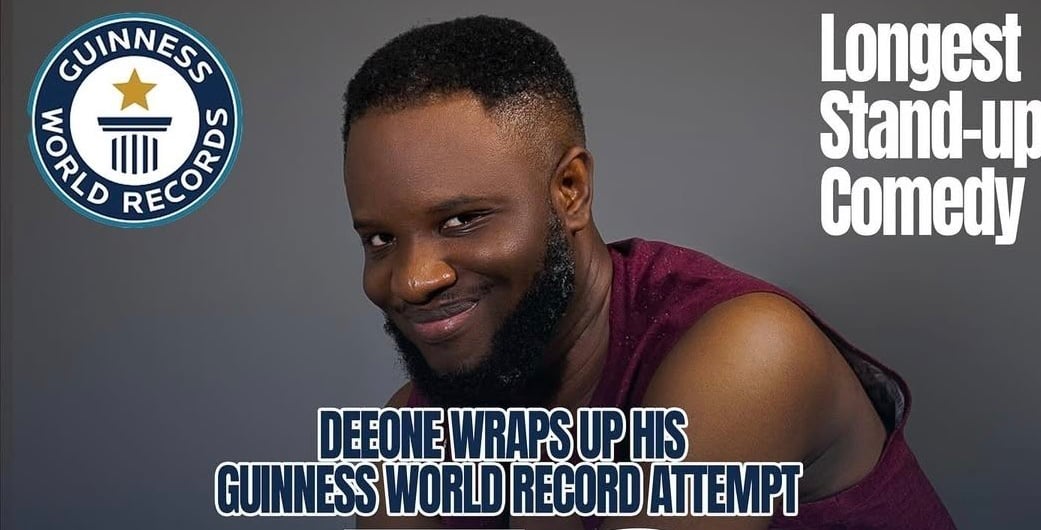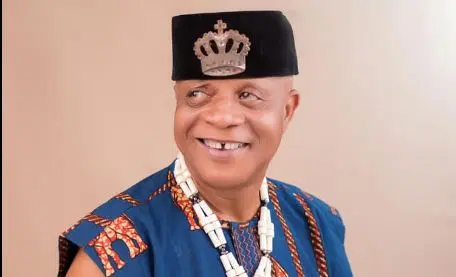LAGOS, NIGERIA — Something is shifting in the streets of Lagos. It’s in the fashion, the sounds, the murals, and even in the Instagram feeds. The city, long known for its chaotic energy and commercial hustle, is slowly being reimagined by a new generation of creatives.
This isn’t just about art or music — it’s a whole new aesthetic. One that captures the spirit of Lagos while breaking free from the expectations of what Nigerian culture “should” look or sound like.
A New Kind of Style
On the streets of Lekki, Yaba, and Surulere, fashion is becoming a louder form of self-expression. Young designers like Reni Odunsi and Ade Balogun are ditching traditional cuts and Ankara prints for bold silhouettes, gender-fluid looks, and recycled materials.
“Lagos fashion used to be about blending in — weddings, church, tradition,” says Reni, who runs a studio out of a shared artist space in Lagos Island. “Now, we’re designing to stand out. We’re designing for ourselves.”
Social media platforms, especially Instagram and TikTok, have become mini-runways. On any given day, you’ll find street photographers capturing looks that mix old-school Yoruba styles with punk influences and futuristic techwear.
The Sound of the City Is Changing
Lagos has always been a music city — from Fela Kuti’s Afrobeat to Davido’s Afropop anthems. But today’s underground sound is moodier, more experimental.
In a dimly lit rooftop bar in Victoria Island, Lady Donli takes the mic. Her sound blends soul, rock, and alté — a genre that’s carving its own lane outside the mainstream. The alté scene, which stands for “alternative,” is no longer just an online movement. It’s real, it’s local, and it’s growing.
“Alté isn’t about being weird for weird’s sake,” says music producer Tomiwa, who works with several rising acts. “It’s about freedom. Freedom to say what we want, dress how we like, and sound however we feel.”
From Cruel Santino to Odunsi (The Engine), these artists are moving away from formulaic beats and embracing raw, unpredictable sounds. Their lyrics touch on mental health, identity, and Lagos life — not just love and parties.
Art in Unexpected Places
If you walk through neighbourhoods like Ikeja or Festac, you might spot hand-painted murals on building walls, graffiti that tells stories of struggle, hope, and pride.
Visual artists like Ayo Akinwande and Tega Akpokona are using public space and digital platforms to share their work outside galleries. Lagos’ art scene is no longer confined to elite venues. Pop-up exhibitions now take over empty warehouses, barbershops, and even danfos (public buses).
“People used to think art wasn’t for them. Now, it’s literally on the street,” says Ayo. “That’s how you know Lagos is changing.”
Photography is also playing a huge part in this shift. Through moody, editorial-style shoots, Lagos photographers are rejecting glossy perfection and showing the city in its raw beauty — gritty markets, neon-lit nights, quiet moments amid the noise.
A Movement, Not a Moment
What’s emerging in Lagos is not just a creative wave — it’s a movement. It’s about young Nigerians reclaiming their city, reshaping how the world sees it, and how they see themselves.
This new aesthetic is bold, imperfect, and deeply personal. It’s the sound of a generation making its own rules — a generation that’s tired of waiting for permission.
“Lagos is becoming a canvas,” says Reni. “And we’re the ones holding the brush now.”
As more eyes turn to Nigeria’s cultural capital, one thing is clear: the future of Lagos isn’t coming. It’s already here — on the streets, in the music, on the walls, and in the hearts of its young dreamers.





